Tesla Model 3: After years of waiting, Tesla has officially launched the Model 3 in India in 2025. This marks a major moment for the country’s electric vehicle (EV) market. Many expected Tesla to bring an affordable, locally-made EV, but the company has taken a different approach.
📖 Contents
Instead of a budget-friendly option, the Tesla Model 3 is coming to India as a fully imported luxury car with a price tag between ₹60 to ₹90 lakh. This puts it in the premium segment, competing with high-end sedans like the BMW i4 and Audi A6.
In this article, we’ll explore the journey of the Tesla Model 3 to India, its features, performance, and why its launch is both exciting and unexpected.
The Long Road to India: Tesla’s Journey
Tesla’s entry into India has been a topic of discussion for nearly a decade. Elon Musk first hinted at bringing Tesla to India back in 2016. However, high import taxes (up to 100% on EVs) and disagreements over local manufacturing delayed the launch.
In 2021, Tesla officially registered its India office in Bengaluru, raising hopes for a local Gigafactory. But without government incentives, the company hesitated to commit to local production.
Finally, in 2024, the Indian government announced reduced import duties (15-20%) for automakers willing to set up local manufacturing in the future. This policy change opened the door for Tesla’s entry.
Nissan Magnite EV 2025: The Affordable Electric SUV Set to Change the Game
Interestingly, the Model 3 being sold in India is imported from Tesla’s Berlin Gigafactory, not China. This decision aligns with India’s push to reduce dependency on Chinese imports.
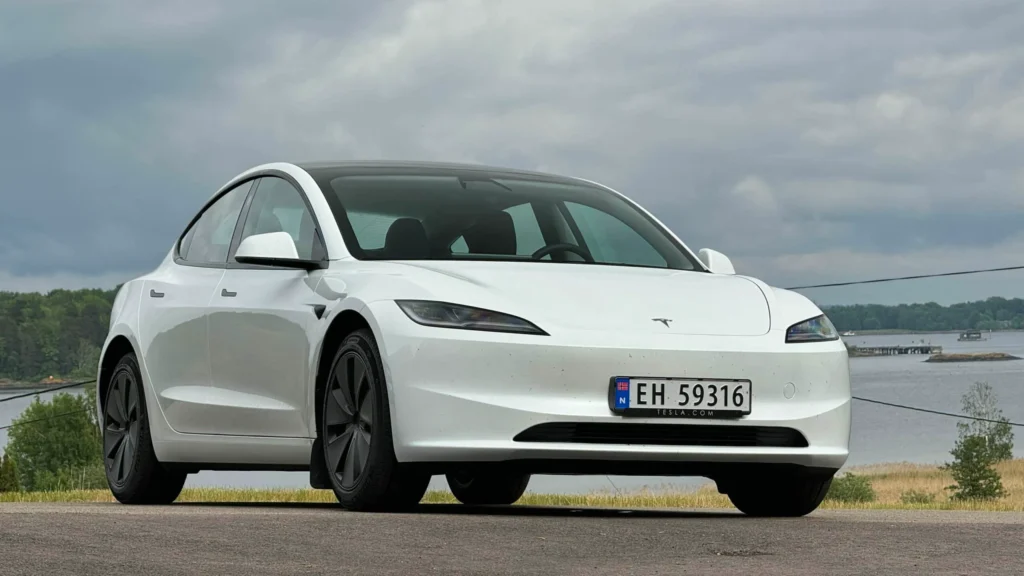
Design and Aesthetics: Where Minimalism Meets Futurism
The 2025 Tesla Model 3, internally codenamed “Highland,” features a refreshed design that refines its already sleek silhouette. The front fascia is cleaner than before, with sharper LED headlights and a grille-less face that underscores its electric identity.
The rear sports distinctive C-shaped taillights, giving it a more upscale presence on the road. Aerodynamics play a crucial role in the Model 3’s efficiency. With a drag coefficient of just 0.219, it slips through the air with minimal resistance, enhancing both range and performance.
The car rides on stylish 18-inch or 19-inch alloy wheels, depending on the variant, while the panoramic glass roof adds a touch of sophistication, flooding the cabin with natural light.
Inside the Cabin: A Digital-First Experience
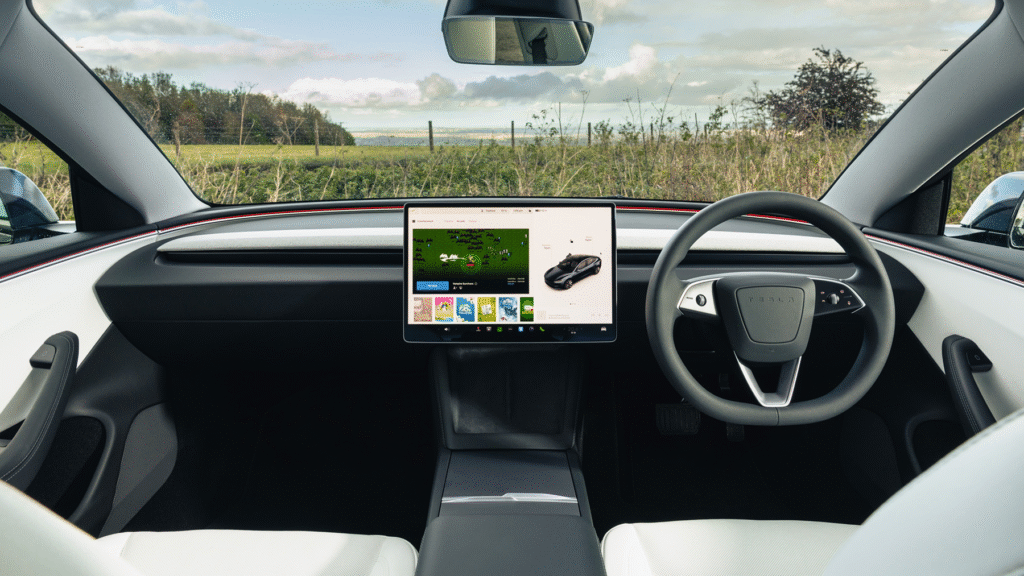
Step inside the Model 3, and the first thing you notice is the absence of clutter. Unlike traditional cars with buttons and dials, Tesla has embraced an ultra-minimalist approach. A single 15.4-inch touchscreen dominates the dashboard, controlling everything from navigation and climate settings to entertainment and vehicle diagnostics.
Rear passengers are treated to an 8-inch touchscreen for climate and media controls—a rarity in this segment. The steering wheel is equally futuristic, with haptic feedback buttons replacing conventional stalks for indicators and gear selection. While this design is undeniably modern, it may take some getting used to for drivers accustomed to physical controls.
Maserati Grecale 2025: Redefining Luxury SUVs in India with Italian Flair
The cabin itself is a blend of premium materials—soft-touch surfaces, real aluminum accents, and ventilated seats that make Indian summers more bearable. The 17-speaker audio system delivers immersive sound quality, ensuring every drive is an auditory delight.
Battery, Range, and Charging: How Far Can It Go?
The Tesla Model 3 comes in different battery options globally, but India is likely to get two main variants:
- Standard Range Plus (RWD) – 57.5 kWh battery, 430 km range (WLTP)
- Long Range (AWD) – 82 kWh battery, 580 km range (WLTP)
In real-world Indian conditions (with traffic and heat), expect around 350-450 km from the Long Range model and 300-350 km from the Standard Range.
Charging Speed and Infrastructure
One of Tesla’s biggest advantages is its fast-charging capability. The Tesla Model 3 supports 250 kW DC fast charging, which can add 100 km of range in just 10 minutes. However, India’s fast-charging network is still growing, so finding a 250 kW charger might be tough outside major cities.
For home charging, an 11 kW AC charger will take about 7-8 hours for a full charge. Tesla is expected to set up its Supercharger network in India soon, which will make long-distance travel easier.
Compared to rivals like the BMW i4 (520 km range) and BYD Seal (460 km), the Model 3 offers competitive range but not class-leading. Still, Tesla’s charging tech and efficiency give it an edge.
- Royal Enfield Classic 650 125th Year Anniversary Edition: A 648cc Masterpiece with Hypershift Design!

- Why the Toyota Hiace 7 Seater Is a Top Choice for Families and Travel Business – Detailed Review Inside!

- Benda 250 Bobber Launched: Liquid-Cooled 249cc Monster Engine and 6-Speed Slipper Clutch Performance, Full Details Inside!

Performance: Quick, Smooth, and Fun to Drive
The Tesla Model 3 is not just about efficiency—it’s also a performance beast. Here’s what to expect:
- Standard Range Plus (RWD) – 283 hp, 0-100 km/h in 6.1 seconds
- Long Range (AWD) – 441 hp, 0-100 km/h in 4.2 seconds
The instant torque from the electric motors makes acceleration thrilling. The low center of gravity (thanks to the floor-mounted battery) ensures sharp handling, making it fun to drive on winding roads.
Tata Harrier EV Launch Date Confirmed: 3rd June 2025 – Big Upgrades in Features, Power, and AWD
Tesla may also introduce a Performance variant later, with a 0-100 km/h time of just 2.9 seconds—faster than many supercars!
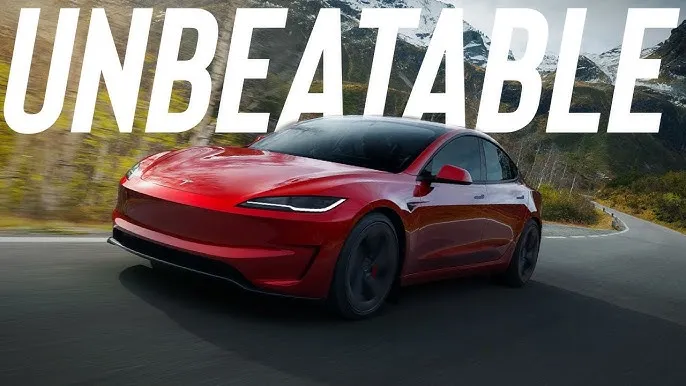
Pricing Strategy: Luxury Over Affordability
Perhaps the most surprising aspect of the Model 3’s India launch is its pricing. Instead of targeting the mass market, Tesla has positioned it as a premium offering, with ex-showroom prices estimated between ₹60 to ₹90 lakh.
These prices are before taxes, so the on-road cost could go even higher. This puts the Model 3 in the same league as the BMW i4 (₹72.5 lakh) and Audi A6 (₹64 lakh).
Why Is It So Expensive?
Since the Tesla Model 3 is being imported fully built (CBU), it attracts high taxes. If Tesla starts local assembly in the future, prices could drop to around ₹35-40 lakh, making it more accessible.
For now, though, the Model 3 is a premium offering, not the mass-market EV many hoped for.
How Does It Compare to the Competition?
The luxury EV space in India is heating up, and the Model 3 faces stiff competition. The BMW i4 offers a slightly longer range and a more traditional luxury feel but lacks Tesla’s tech-forward approach.
The BYD Seal, while more affordable, doesn’t carry the same brand cachet. Meanwhile, the Audi A6 and Mercedes-Benz EQE cater to buyers who prefer established luxury marques over disruptive newcomers.
Where the Tesla Model 3 truly shines is in its software and performance. Features like over-the-air updates, advanced driver-assistance systems (ADAS), and unparalleled acceleration set it apart. However, the lack of physical controls and reliance on touchscreen interfaces may deter some traditional buyers.
- The 2025 Nissan Murano Redefines Style—A Premium SUV Experience Without the Premium Price

- Toyota RAV4 2025 Launches as the Budget Luxury King – Premium Interior & Impressive Fuel Economy Revealed!

- Jawa Perak 2025 Launched at ₹2.13 Lakh – Stunning Bobber Design Meets Powerful Modern Features!

Who Should Consider the Tesla Model 3?
The Model 3 is not for everyone, but it excels in specific scenarios. Tech enthusiasts will appreciate its futuristic interface and constant software improvements. Luxury car buyers looking for an electric alternative to German sedans will find its performance and features compelling.
Urban commuters with access to home charging will enjoy its daily usability, though those frequently traveling long distances may face charging-related challenges.
For now, the Model 3 remains a statement piece—a symbol of India’s evolving EV aspirations rather than a mass-market solution. If Tesla commits to local manufacturing in the future, prices could drop, making it a more viable option for a broader audience.
Yamaha Launches New 2025 Bike to Challenge Bajaj Pulsar – Features, Mileage & Price
The Bigger Picture: What This Means for India’s EV Market
Tesla’s entry is more than just another car launch—it’s a catalyst for change. The Model 3’s premium positioning may limit its immediate impact, but its presence will undoubtedly push competitors to accelerate their own EV strategies.
Brands like Tata, Hyundai, and Mahindra are already investing heavily in electric mobility, and Tesla’s arrival adds further momentum to this shift. Moreover, the Model 3’s success (or challenges) will influence Tesla’s future plans in India.
If demand justifies it, we could see local production, more affordable models, and an expanded charging network. For now, though, the Tesla Model 3 serves as a tantalizing glimpse into an electric future—one that’s sleek, fast, and undeniably high-tech.
Final Verdict: A Bold Step for Tesla in India
The Tesla Model 3’s India launch is a big moment for the EV market. It brings world-class technology, impressive performance, and a premium experience. However, its high price as an imported model means it won’t disrupt the mass market yet.
If Tesla starts local production in the future, prices could drop, making the Model 3 more accessible. For now, it remains a luxury choice for early adopters and tech-savvy buyers.
One thing is certain—Tesla’s arrival will push other automakers to innovate faster, accelerating India’s shift to electric mobility.
2025 Hyundai Sonata: Redefining the Premium Sedan Experience in India
What Do You Think?
Are you excited about the Tesla Model 3 in India? Would you buy one at this price, or would you wait for a more affordable version? Let us know in the comments!
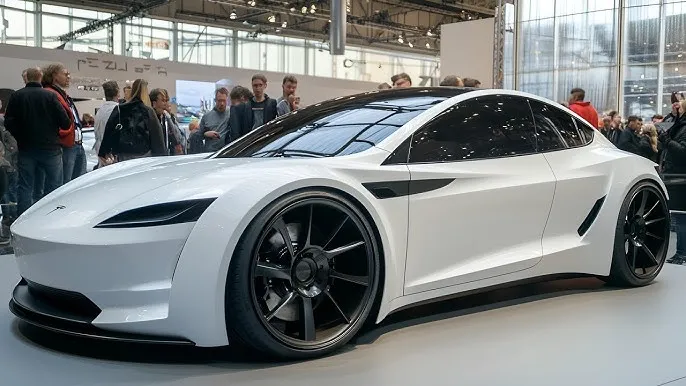

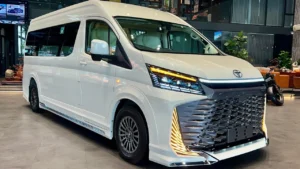
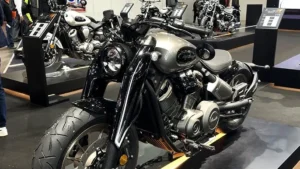



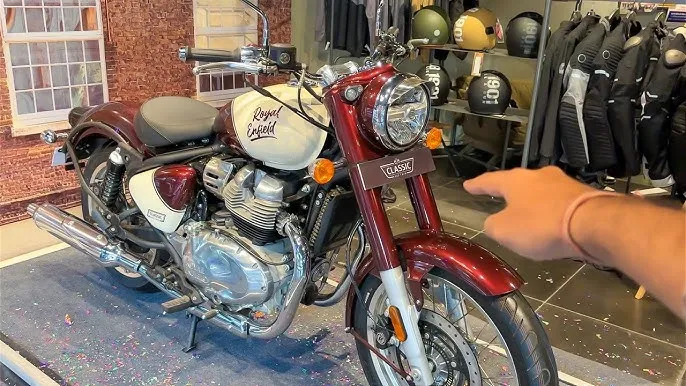
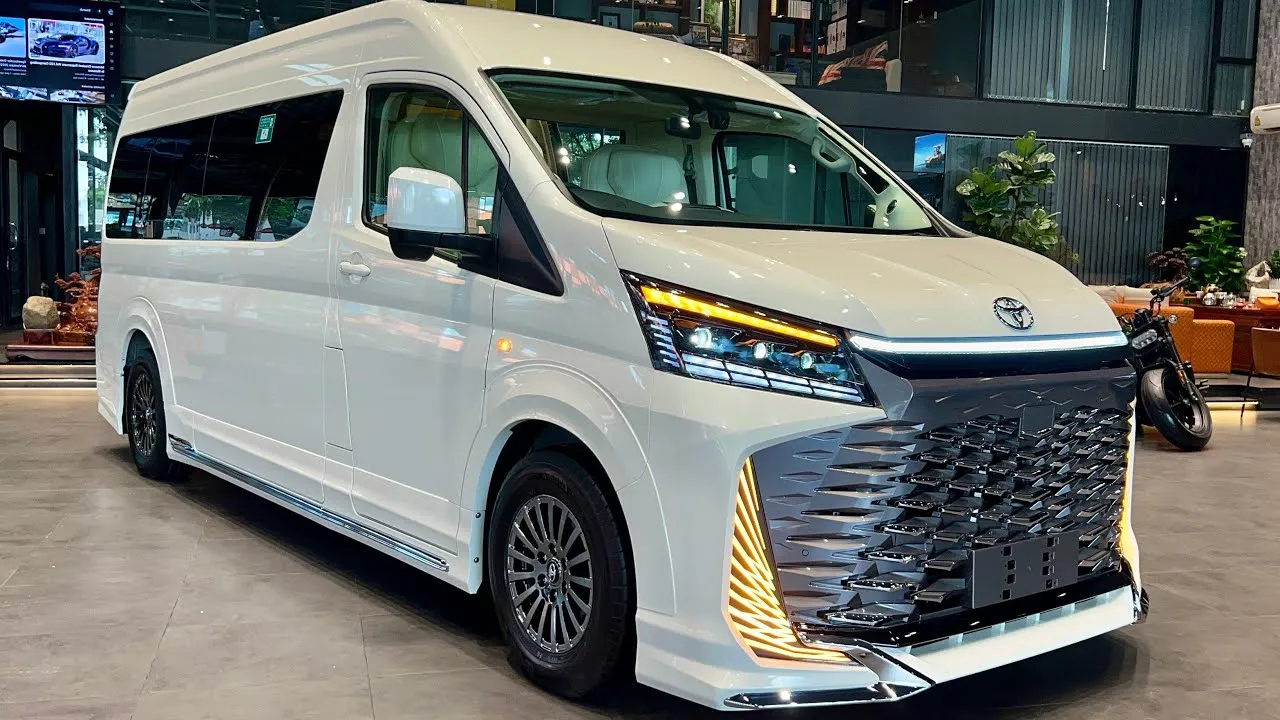
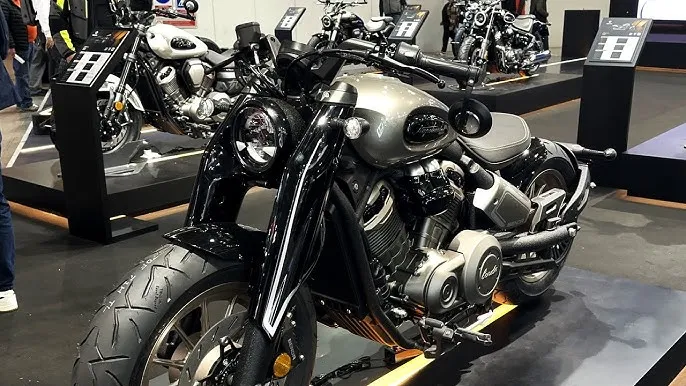


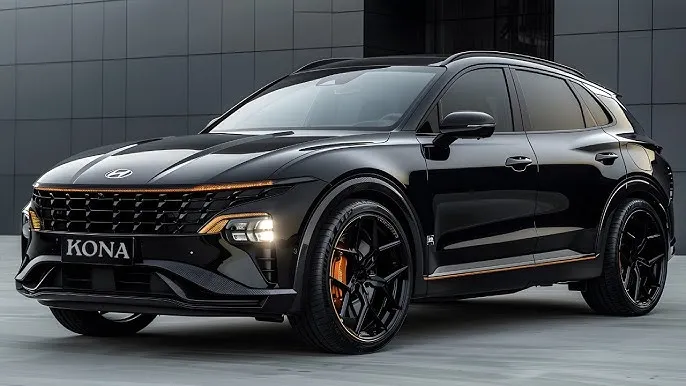
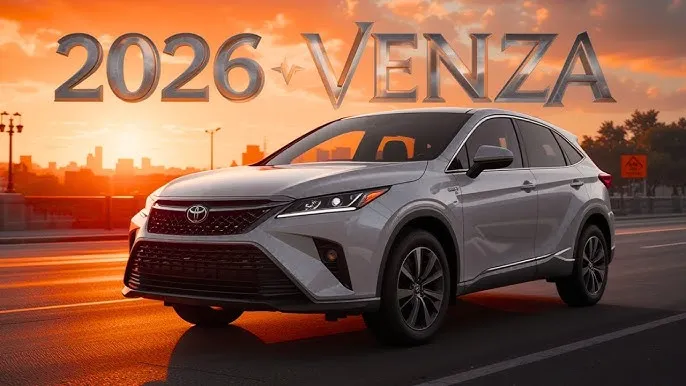

1 thought on “Tesla Model 3 2025 Edition Arrives in India with Bold Design & New Features”